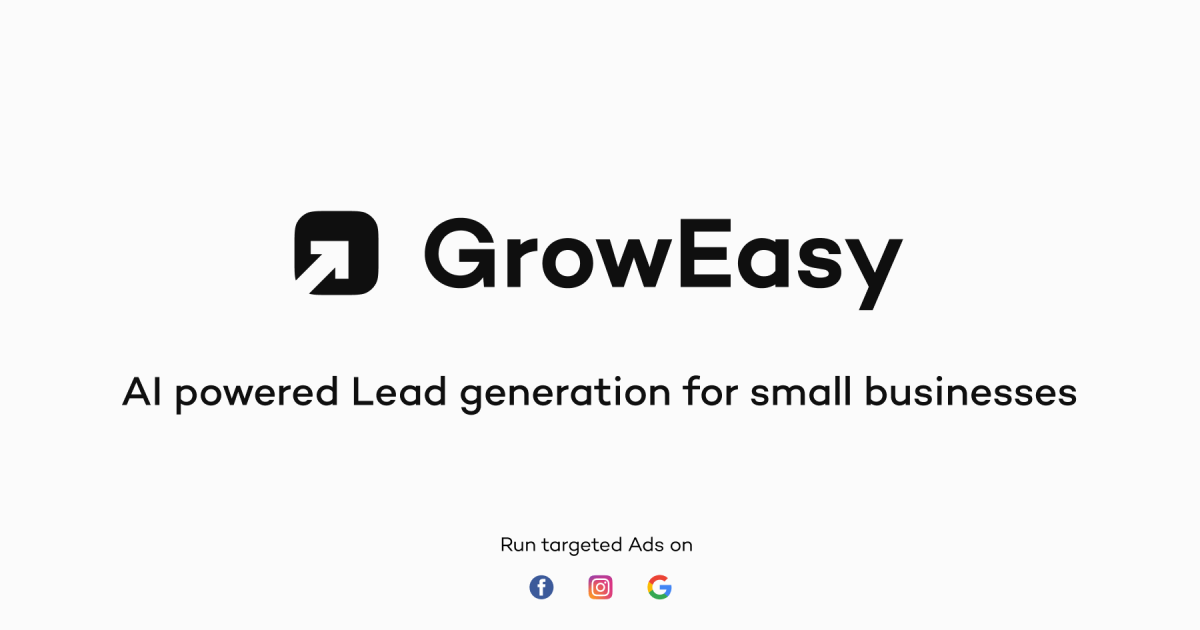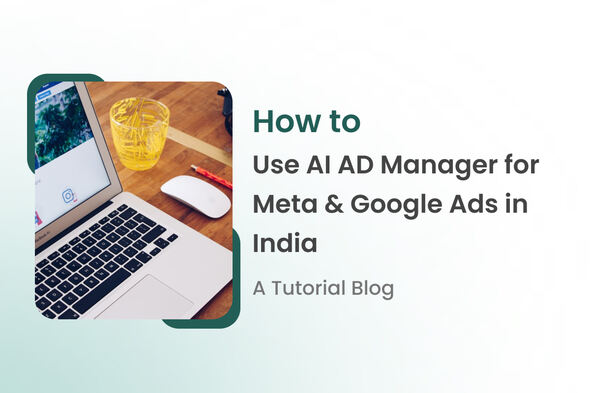Introduction
Discover 10 effective lead generation strategies for higher education institutions designed to boost student enrollment in today’s competitive market. With digital transformation reshaping how colleges and universities attract prospective students, these proven strategies will help your institution connect with the right audience and achieve enrollment goals. In this guide, we’ll reveal actionable tactics for higher education lead generation—so you can reach, engage, and convert more quality leads than ever before.
Strategies:
1. Develop a User-Friendly Website
A well-designed, user-friendly website is the cornerstone of effective lead generation for higher education institutions. Your website should provide clear information about programs, admissions, campus life, and more. Ensure that your website is mobile-responsive, easy to navigate, and optimized for search engines (SEO) to attract organic traffic.
Key Elements:
- Intuitive navigation
- Fast loading times
- Clear calls-to-action (CTAs)
- Comprehensive program information
- Online application forms
2. Utilize Content Marketing
Content marketing is a powerful tool for attracting and nurturing leads. By creating valuable and informative content, you can engage prospective students and guide them through the decision-making process. Consider producing blog posts, videos, webinars, eBooks, and infographics that address common questions and concerns of prospective students.
Effective Content Ideas:
- Student testimonials and success stories
- Program highlights and detailed descriptions
- Admissions process guides
- Career opportunities and alumni success
- Campus tours and event coverage
3. Leverage Social Media Platforms
Social media is an essential channel for reaching and engaging with prospective students. Utilize platforms like Facebook, Instagram, Twitter, and LinkedIn to share engaging content, respond to inquiries, and create a sense of community. Running targeted social media ads can also help you reach a wider audience.
Also Visit: Social Media Lead Generation: 10 Effective Strategies
Best Practices:
- Regularly post engaging content
- Use targeted ads to reach specific demographics
- Engage with followers through comments and messages
- Share user-generated content and student stories
4. Implement Email Marketing Campaigns
Email marketing is a cost-effective way to nurture leads and keep prospective students informed. Create segmented email lists based on interests and engagement levels, and send personalized emails that provide valuable information and encourage further interaction.
Email Campaign Ideas:
- Welcome series for new subscribers
- Program-specific newsletters
- Event invitations and reminders
- Application deadline alerts
- Student success stories and campus news
5. Optimize for Search Engines (SEO)
SEO is critical for ensuring that your institution appears in search results when prospective students are looking for educational opportunities. Focus on optimizing your website and content with relevant keywords, creating high-quality backlinks, and maintaining a blog that answers common search queries.
SEO Tips:
- Conduct keyword research to identify relevant terms
- Optimize website content with targeted keywords
- Use descriptive meta tags and alt text for images
- Create high-quality, shareable content
- Build backlinks from reputable sources
6. Host Virtual Events and Webinars
Virtual events and webinars are excellent ways to engage with prospective students and provide valuable information. These events can cover topics like admissions, financial aid, program overviews, and campus life. Promote these events through your website, email marketing, and social media channels.
Popular Webinar Topics:
- Admissions process walkthroughs
- Financial aid and scholarship opportunities
- Program-specific Q&A sessions
- Virtual campus tours
- Student panel discussions
7. Use Paid Advertising
Paid advertising, such as Google Ads and social media ads, can help you reach a broader audience and generate leads quickly. By targeting specific demographics and using compelling ad copy, you can attract prospective students who are actively searching for educational opportunities.
Paid Advertising Strategies:
- Use Google Ads to target relevant search queries
- Run retargeting ads to engage visitors who didn't convert
- Create compelling ad copy and visuals
- Monitor and adjust campaigns for optimal performance
- Track conversions and ROI to measure success
8. Delegate to Chatbots
Implementing chatbots on your website can significantly enhance lead generation efforts. Chatbots provide instant responses to prospective students' inquiries, guide them through the admissions process, and collect contact information for follow-up.
Also visit: Exploring the Potential of Chatbots in Capturing Leads
Benefits of Chatbots:
- 24/7 availability
- Instant responses to common questions
- Efficient lead qualification
- Personalized user experience
- Data collection for further engagement
9. Optimize Your Brochures
Brochures are a traditional yet effective tool for lead generation. Ensure that your brochures are visually appealing, easy to read, and packed with relevant information. Consider digital brochures that can be easily shared via email or social media.
Optimization Tips:
- Use high-quality images and graphics
- Highlight key programs and benefits
- Include testimonials and success stories
- Provide clear CTAs and contact information
- Make them easily downloadable from your website
10. Leverage Local Partnerships
Building partnerships with local businesses, high schools, and community organizations can help you reach a wider audience. Host joint events, offer workshops, or participate in community activities to increase visibility and generate leads.
Partnership Strategies:
- Collaborate with high schools for college fairs and info sessions
- Partner with local businesses for internships and job placements
- Engage with community organizations for events and sponsorships
- Offer educational workshops and seminars
- Promote your institution through local media channels
How GrowEasy Can Help in Higher Education Lead Generation

At GrowEasy, we understand the unique challenges higher education institutions face in attracting and enrolling prospective students. Our comprehensive lead generation services are designed to help your institution stand out in a competitive market, engage with potential students, and achieve your enrollment goals.We offer comprehensive services, including website optimization, content creation, email marketing, and more.
By partnering with GrowEasy, you can leverage our proven strategies and tools to drive student enrollment and achieve your institution's goals. Contact us today to learn how we can support your lead generation efforts and help your institution thrive.
Conclusion
Effective lead generation is essential for higher education institutions to attract and enroll prospective students. By implementing these ten strategies—developing a user-friendly website, utilizing content marketing, leveraging social media, implementing email marketing, optimizing for SEO, hosting virtual events, using paid advertising, delegating to chatbots, optimizing brochures, and leveraging local partnerships—you can create a robust pipeline of high-quality leads.
FAQs
Q1: What is lead generation for higher education institutions?
Lead generation for higher education institutions involves attracting and engaging prospective students to guide them through the enrollment process.
Q2: Why is a user-friendly website important for lead generation?
A user-friendly website provides clear information and easy navigation, making it easier for prospective students to find what they need and take action.
Q3: How can social media help in lead generation?
Social media platforms allow institutions to engage with prospective students, share valuable content, and run targeted ads to reach a broader audience.
Q4: What are some effective content marketing ideas for higher education?
Effective content ideas include student testimonials, program highlights, admissions guides, career opportunities, and virtual campus tours.
Q5: How does GrowEasy support lead generation for higher education institutions?
GrowEasy helps in tailored lead generation by leveraging advanced AI tools to streamline the entire process. It allows you to create targeted ad campaigns on Facebook, Instagram, and Google in just a few minutes. The AI handles everything from ad creative generation to audience targeting.





